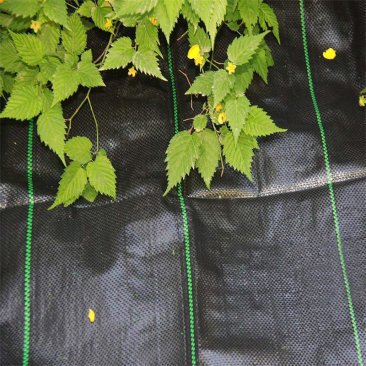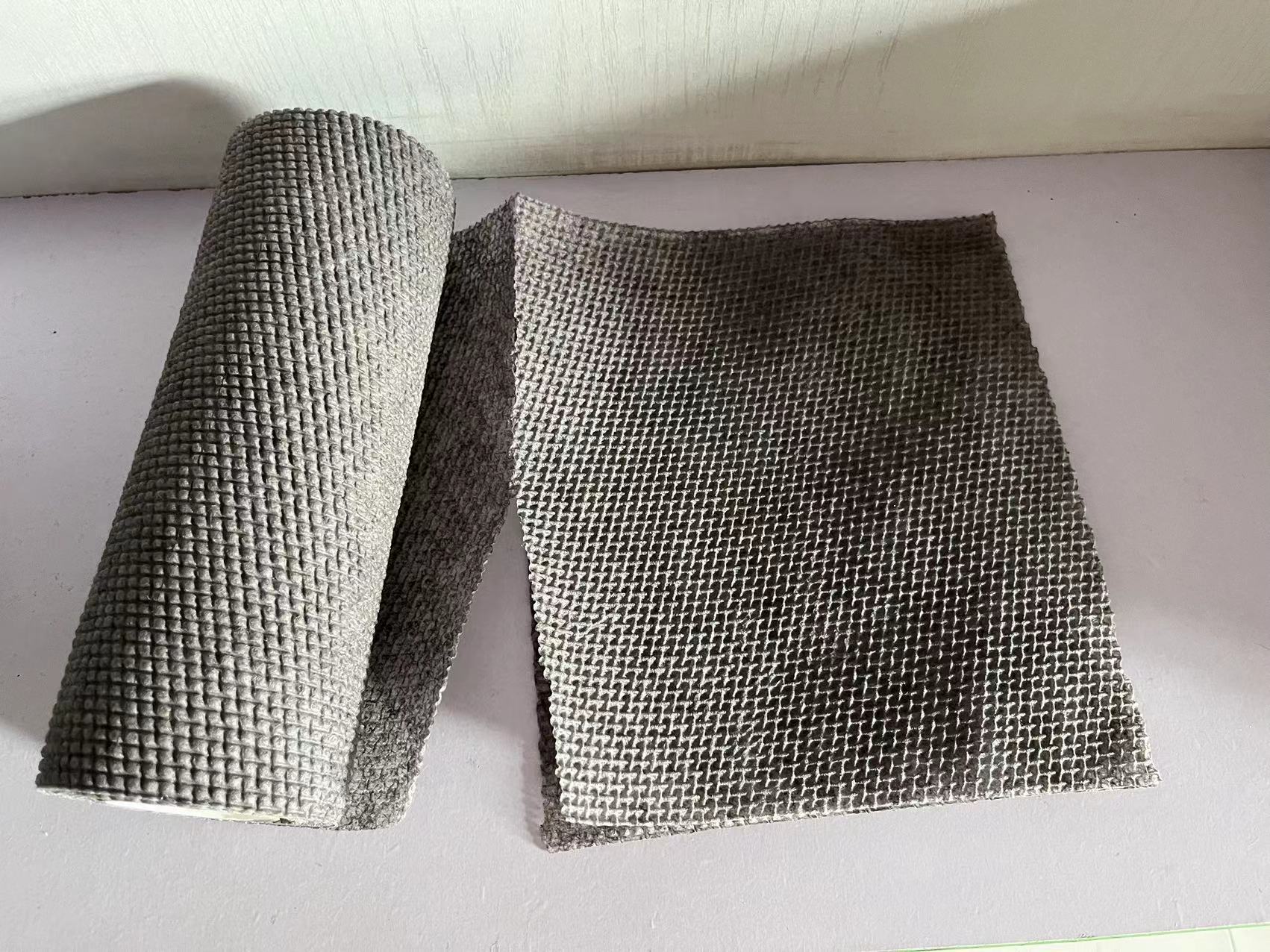14
2025
-
05
The Critical Role of Polyester Spunbond Nonwoven Fabric in Enhancing Disaster Relief Efforts
The Critical Role of Polyester Spunbond Nonwoven Fabric in Enhancing Disaster Relief Efforts Introduction to Polyester Spunbond Nonwoven Fabric Polyester spunbond nonwoven fabric is a unique material that has garnered significant attention in various industries due to its remarkable properties. This fabric is created through a process that involves melting polyester fibers and then bonding them to
The Critical Role of Polyester Spunbond Nonwoven Fabric in Enhancing Disaster Relief Efforts
Introduction to Polyester Spunbond Nonwoven Fabric
Polyester spunbond nonwoven fabric is a unique material that has garnered significant attention in various industries due to its remarkable properties. This fabric is created through a process that involves melting polyester fibers and then bonding them together to form a durable, lightweight, and versatile fabric. Its applications are vast, particularly in the realm of disaster relief. In this article, we will explore how polyester spunbond nonwoven fabric plays a crucial role in enhancing disaster relief efforts, its benefits, and its various applications in emergencies.
Understanding Nonwoven Fabrics and Their Advantages
Nonwoven fabrics are engineered materials that are produced by bonding fibers together, rather than weaving or knitting them. This manufacturing process provides several benefits, making nonwoven fabrics ideal for disaster relief.
Key Advantages of Polyester Spunbond Nonwoven Fabric
1. **Durability**: Polyester spunbond nonwoven fabric is known for its strength and resilience. It can withstand harsh conditions, which is critical in disaster scenarios where materials are often exposed to elements like rain, wind, and debris.
2. **Lightweight and Portable**: The lightweight nature of this fabric facilitates easy transportation and deployment, making it ideal for quick response efforts.
3. **Cost-Effectiveness**: Due to its efficient production process, polyester spunbond nonwoven fabric is relatively inexpensive, allowing relief agencies to maximize their resources.
4. **Biocompatibility**: Polyester’s compatibility with human skin makes it suitable for medical applications, reducing the risk of allergic reactions during emergencies.
5. **Water Resistance**: Many polyester spunbond nonwoven fabrics are treated to be water-resistant, providing essential protection from moisture in disaster situations.
Applications of Polyester Spunbond Nonwoven Fabric in Disaster Relief
The applications of polyester spunbond nonwoven fabric in disaster relief are extensive. Here are some key areas where this material shines:
1. Medical Supplies and Personal Protective Equipment (PPE)
In the aftermath of a disaster, medical assistance is often required urgently. Polyester spunbond nonwoven fabric is widely used in the production of medical gowns, masks, and other PPE. Its light weight and breathability ensure comfort for healthcare workers and patients alike, while its durability allows for reuse in certain applications.
2. Shelters and Tents
Temporary shelters are vital during disaster recovery. Polyester spunbond nonwoven fabric is used to create lightweight, weather-resistant tents that can be easily transported and set up, providing displaced individuals with immediate protection from the elements.
3. Filters and Absorbents
In flood or chemical spill scenarios, polyester spunbond nonwoven fabrics serve as effective filters and absorbents. They can be used to create barriers that prevent contamination from spreading, ensuring clean water and safe environments for affected communities.
4. Packaging Materials
Disaster relief efforts often involve the distribution of food, water, and other essential supplies. Polyester spunbond nonwoven fabric is utilized to create durable packaging materials that protect these items during transport, ensuring they reach those in need unspoiled.
5. Wound Care and First Aid Supplies
In emergencies, quick access to medical supplies is crucial. Polyester spunbond nonwoven fabric is employed in the production of bandages, dressings, and other first aid products, providing essential care for injuries sustained during disasters.
Case Studies: Successful Use of Polyester Spunbond Nonwoven Fabric in Disaster Relief
Examining real-world examples can provide insight into the effectiveness of polyester spunbond nonwoven fabric in disaster relief.
Case Study 1: Hurricane Relief Efforts
After hurricanes, relief organizations often face challenges in providing immediate assistance. In one case, polyester spunbond nonwoven fabric was used to produce shelter tents and medical supplies rapidly. The lightweight fabric allowed for quick deployment, while its durability ensured that shelters could withstand harsh weather conditions.
Case Study 2: Earthquake Response
In the aftermath of a significant earthquake, relief agencies relied on polyester spunbond nonwoven fabric for creating temporary hospitals. Medical professionals utilized gowns and masks made from this material, maintaining hygiene standards while providing necessary care to victims.
The Future of Polyester Spunbond Nonwoven Fabric in Disaster Relief
As the frequency of natural disasters increases due to climate change, the demand for effective disaster relief solutions will only grow. Polyester spunbond nonwoven fabric is poised to play an even more prominent role in future relief efforts.
Innovation and Sustainable Practices
The industry is actively exploring sustainable production methods and recycling options for polyester spunbond nonwoven fabrics. Innovations in manufacturing processes and material sourcing can contribute to minimizing environmental impact while maintaining the advantages of nonwoven fabrics.
Challenges and Considerations
While polyester spunbond nonwoven fabric offers numerous benefits, there are challenges to consider.
Environmental Impact
The production and disposal of synthetic fabrics pose environmental concerns. It is vital for manufacturers to adopt sustainable practices and invest in recycling technologies to mitigate these effects.
Quality Control
Ensuring consistent quality in polyester spunbond nonwoven fabric is crucial, particularly when used in medical applications. Rigorous testing and adherence to industry standards are necessary to maintain safety and efficacy.
Conclusion
Polyester spunbond nonwoven fabric serves as a vital resource in disaster relief efforts. Its unique properties—such as durability, lightweight nature, and versatility—enable it to meet the urgent needs of affected communities. From medical supplies to temporary shelters, this material has proven to be indispensable in enhancing response efforts. As we move forward, continued innovation and sustainable practices will ensure that polyester spunbond nonwoven fabric remains at the forefront of disaster relief initiatives, providing essential support in times of crisis.
FAQs about Polyester Spunbond Nonwoven Fabric in Disaster Relief
1. What is Polyester Spunbond Nonwoven Fabric?
Polyester spunbond nonwoven fabric is a type of fabric made from polyester fibers that are bonded together through a melting process, resulting in a durable and lightweight material used in various applications, including disaster relief.
2. How is Polyester Spunbond Nonwoven Fabric used in disaster relief?
It is used in making medical supplies, temporary shelters, packaging materials, wound care products, and absorbent materials for environmental cleanup during disasters.
3. What are the benefits of using this fabric in emergencies?
Benefits include its durability, lightweight nature, water resistance, cost-effectiveness, and biocompatibility, making it suitable for a wide range of applications in disaster relief.
4. Can Polyester Spunbond Nonwoven Fabric be recycled?
Yes, there are ongoing efforts to develop recycling technologies for polyester spunbond nonwoven fabric, contributing to more sustainable practices within the industry.
5. Is Polyester Spunbond Nonwoven Fabric safe for medical use?
Yes, polyester spunbond nonwoven fabric is commonly used in medical applications due to its biocompatibility and low risk of causing allergic reactions, provided it meets industry safety standards.
Polyester Spunbond Nonwoven Fabric












